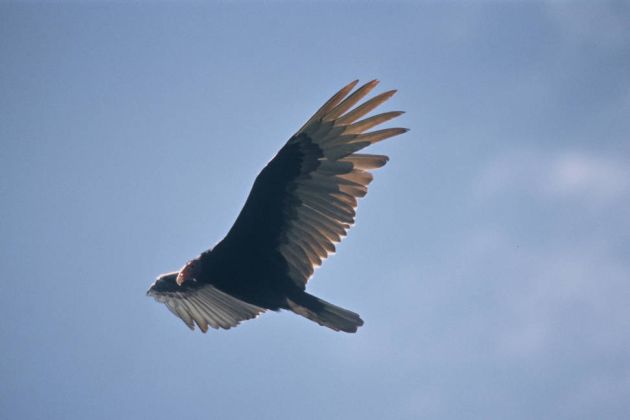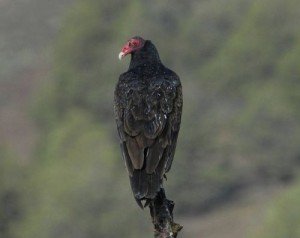
The only bird we saw in every state was the Turkey Vulture. No vast kettles, yet, only ones and twos. But the turkey vultures would certainly leave the places we saw them – Montana, North Dakota, Illinois and Indiana, Pennsylvania and Ohio and eventually New York – and head south. Maybe only to the southern borders of the same state in the case of some of the Pennsylvania birds, maybe down beyond the limits of the US through Central America for the westerners.
Unlike me, they did not have a UHaul truck or the benefit of Motel 6 (in places where that was in fact a benefit – in Bismarck, the oil boom also destroyed my habitat by ensuring there were no beds available on an entirely average Monday night.) Unlike me, they probably do not worry too much about the concept of home and where that actually is if you follow the promise of fresh carrion and warm air currents here and there across a continent or more in search of a main chance. It’s a good thing Turkey Vultures cannot write, or they’d probably be better at this than me – more widely experienced, more patient, and better at using carrion as a metaphor in the first place (it’s a metaphor for success, you guys. Get it?) But for now, just in time for a fall migration that seems, so far, to consist mostly of a single Marbled Godwit at Jamaica Bay and those few dispersing Turkey Vultures, I’m back in New York, four years and small change after leaving it behind.
The carrion smells promising here.
Images courtesy of the USFWS.














In Colombia I’d not often see more than a handful of Turkeys, but they were around most places all year. At the end of October a kettle of around 2000 birds did pass through. I suspect these Turkeys were from NW USA or Canada – you can see some tracks courtesy of the Turkey Vulture Migration Project. It was great to see migrants arriving at their “winter” homes when normally I just think of migrant birds leaving in the fall.